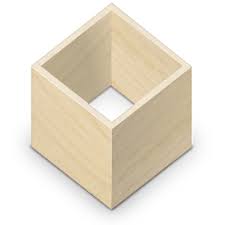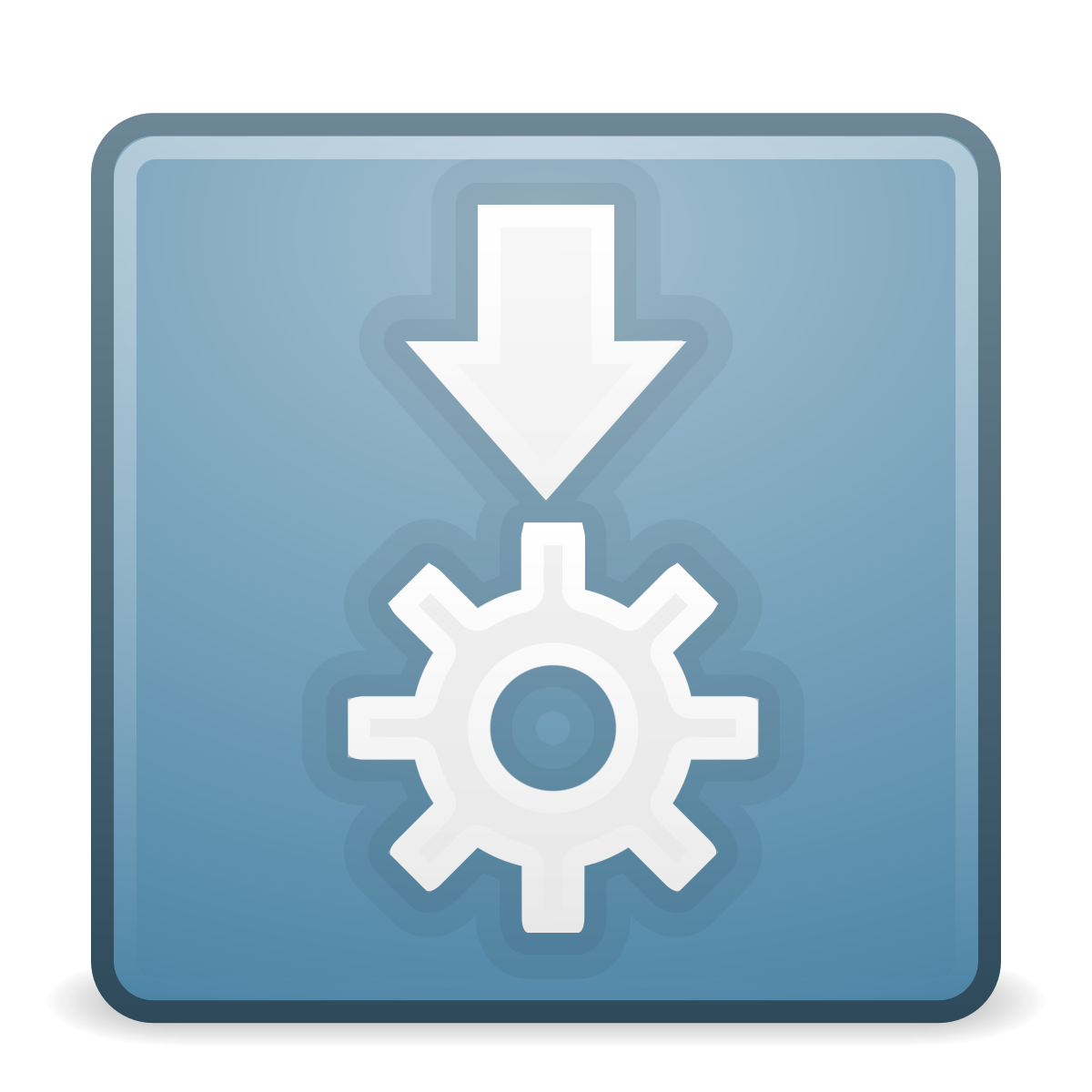If you have any trouble running the image, please consult this section. Don't forget to install gstreamer if you run it on Linux.
Download¶
 Download the latest Flatpak bundle (Linux) (read this if you don't know how to install Flatpak bundles)
Download the latest Flatpak bundle (Linux) (read this if you don't know how to install Flatpak bundles)
 Download the latest AppImage (Linux)
Download the latest AppImage (Linux)
 Download the latest DMG (MacOS)
Download the latest DMG (MacOS)
 Download the latest NSI (Windows)
Download the latest NSI (Windows)
On startup¶
You should see a popup like this when you first run it (or during upgrades):
Platform notes¶
- Windows: the NSI installers are currently weekly snapshots and do not use live upgrades.
Flatpak bundle¶
Install the Flatpak bundle as a non-root user by running these commands in a terminal (you will need sudo rights) :
wget https://gateway.pinata.cloud/ipfs/bafybeibwteyznsdmctnpxsacwz4yaiy4mmpm3vpjveahjzbuve7mk6d75i/Galacteek-f9629997-x86_64.flatpak
sudo flatpak install --bundle Galacteek-f9629997-x86_64.flatpak
Or install the bundle only for your user (no specific permissions required, however it might not appear in the applications menu) :
wget https://gateway.pinata.cloud/ipfs/bafybeibwteyznsdmctnpxsacwz4yaiy4mmpm3vpjveahjzbuve7mk6d75i/Galacteek-f9629997-x86_64.flatpak
flatpak install --user --bundle Galacteek-f9629997-x86_64.flatpak
The application should appear as Galacteek in the Internet submenu of your Linux desktop's applications menu. You can also run it from a terminal:
flatpak run io.gitlab.galacteek.Galacteek
Note: Flatpak stores the application's data files in a separate folder (by default .var/app in your HOME), different from what the AppImage uses.
Running¶
Installing gstreamer (Linux)¶
To use the mediaplayer inside galacteek you will need to have the gstreamer libraries (you'll need gstreamer 1.0) installed on your system. To install gstreamer and the main plugins on a Debian/Ubuntu system, run the following:
sudo apt-get install gstreamer1.0-plugins-base gstreamer1.0-plugins-good gstreamer1.0-plugins-bad gstreamer1.0-plugins-ugly gstreamer1.0-libav gstreamer1.0-tools gstreamer1.0-x gstreamer1.0-alsa gstreamer1.0-gl gstreamer1.0-qt5 gstreamer1.0-pulseaudio
If you use another type of Linux distribution, search for and install the gstreamer 1.0 packages and the good, bad and ugly plugins.
How to run the AppImage (Linux)¶
After downloading the AppImage, make it executable and then run it from the shell or double-click on it from the desktop. Example:
chmod +x Galacteek-f9629997-x86_64.AppImage
./Galacteek-f9629997-x86_64.AppImage
How to run with Flatpak (Linux)¶
flatpak run io.gitlab.galacteek.Galacteek
Command-line flags¶
This section describes the various flags that you can pass when you run the AppImage.
config-defaults¶
Use --config-defaults to restore the default configuration.
Only use this flag if the UI won't start !
d¶
Use -d to log debugging messages.
goipfs-debug¶
Use --goipfs-debug to log debugging messages from go-ipfs.
profile¶
Use --profile with a profile name to use a custom application profile. The default profile is called main. Example:
./Galacteek-f9629997-x86_64.AppImage --profile demo
How to run the DMG image (MacOS)¶
After opening/mounting the DMG image, hold the Control key and click on the galacteek icon, select Open and then accept. You probably need to allow the system to install applications from anywhere in the security settings.
Release workflow¶
AppImages and Flatpak bundles are built from GitLab CI. They are distributed via IPFS, which makes it easier to replicate (a big thanks to Pinata for their amazing service !).